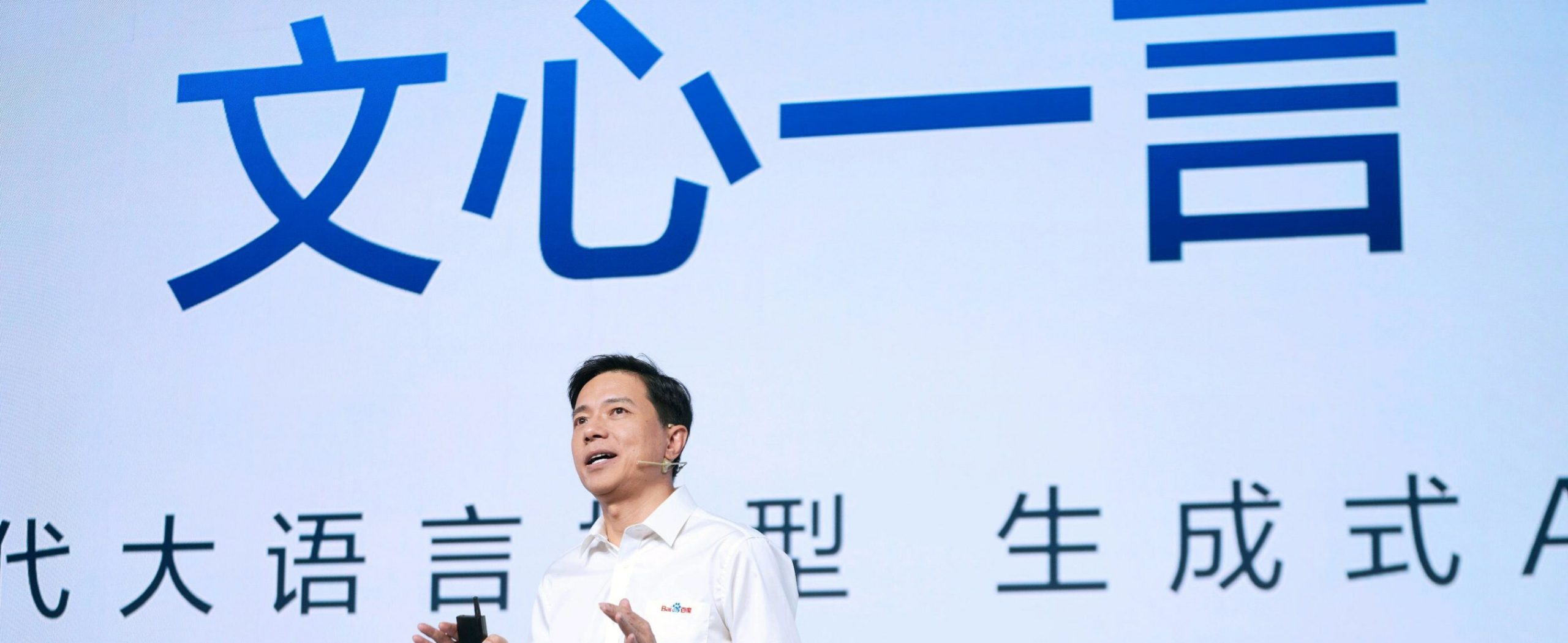China’s Tech Giant Baidu Launches ERNIE Bot, a ChatGPT-style language model

On March 16th, Baidu, China’s tech giant, launched the highly anticipated ERNIE Bot, a multi-modular large language model comparable to ChatGPT. During the press conference, Baidu founder Robin Li presented its five major capabilities, including creative writing, commercial copywriting, mathematical logic deduction, Chinese language comprehension, and multimodal generation.
To demonstrate one of its more practical skills and showcase its mastery of the Chinese language, ERNIE was instructed to generate answers in Sichuan dialect, which elicited chuckles from the audience. In another demonstration, the bot generated a cyberpunk-style poster for the World Intelligent Transportation Conference 2023 in a matter of seconds, upon request.

According to Baidu CTO Wang Haifeng, ERNIE Bot represents a new generation of large, knowledge-enhanced language models developed based on the earlier ERNIE 3.0 and PLATO series of models. The launch of ERNIE Bot is the latest achievement of Baidu’s continued efforts in recent years in the field of AI. Baidu has been deeply immersed in deep learning and natural language processing for years, investing significantly in R&D, infrastructure, and talent. It has established a foundation in deep learning by creating its proprietary framework, PaddlePaddle, which is comparable to TensorFlow and PyTorch in performance. As one of the most popular search engines in China, Baidu’s access to vast amounts of real user data enables the company to effectively train and refine large language models. Additionally, Baidu is one of the few AI companies globally capable of constructing a full-stack layout, including chips, frameworks, models, and applications, giving them greater control and innovation across all layers of technology.
 This announcement came just a day after OpenAI unveiled its latest multi-modal model, GPT-4, which instantly caused a sensation around the world and set high standards in this field. ERNIE Bot therefore faces intense peer pressure and scrutiny. Notably, the use of pre-recorded video instead of a live demonstration during the press conference has also invited criticism.
This announcement came just a day after OpenAI unveiled its latest multi-modal model, GPT-4, which instantly caused a sensation around the world and set high standards in this field. ERNIE Bot therefore faces intense peer pressure and scrutiny. Notably, the use of pre-recorded video instead of a live demonstration during the press conference has also invited criticism.
Wang, H., Yang, M. A., Wangdue, S., Lu, H., Chen, H., Li, L., Dong, G., Tsrin, T., Yuan, H., Fu, Q., & 27 others. (2023). Human genetic history on the Tibetan Plateau in the past 5100 years. Science Advances, 9(11), eadd5582. https://doi.org/10.1126/sciadv.add5582
Yang, J., Jin, Z. B., Chen, J., Qu, J. (2017). Genetic signatures of high-altitude adaptation in Tibetans. Proceedings of the National Academy of Sciences, 114(16), 4189-4194. https://doi.org/10.1073/pnas.1617042114



